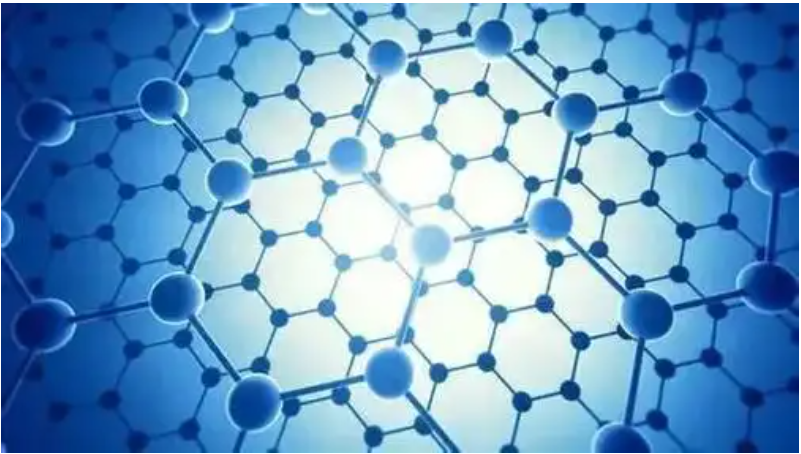Technological Challenges and Solutions for Graphene-Enhanced Hydrogen Economy Development
The hydrogen economy is gaining momentum as a key component of the global transition to sustainable energy. However, achieving its full potential requires overcoming critical technological barriers. Graphene, with its unique combination of physical, chemical, and mechanical properties, offers innovative solutions to address these challenges. This article explores the technological hurdles in the hydrogen economy and how graphene technology contributes to overcoming them.

Key Challenges in Developing the Hydrogen Economy
- Inefficiencies in Hydrogen Production
- Current methods like water electrolysis suffer from high energy consumption and low efficiency.
- The dependency on expensive catalysts, such as platinum, raises production costs.
- Hydrogen Storage Limitations
- Hydrogen’s low volumetric density makes it difficult to store large quantities efficiently.
- Safety concerns such as leakage and high-pressure storage complicate logistics.
- Performance Issues in Hydrogen Fuel Cells
- Fuel cells rely on costly and limited materials like platinum for catalysts.
- Durability and degradation during prolonged use remain significant concerns.
- Integration and Scalability Challenges
- Developing scalable technologies that integrate hydrogen production, storage, and utilization into existing infrastructure is complex and expensive.
Graphene-Enhanced Solutions for the Hydrogen Economy
1. Improving Hydrogen Production Efficiency
Graphene-based materials enhance the efficiency and cost-effectiveness of water electrolysis:
- Electrocatalysis: Graphene-supported catalysts increase the surface area and catalytic activity, reducing the overpotential in electrolysis.
- Material Cost Reduction: Graphene allows for the replacement or reduction of expensive precious metals in electrodes.
- Corrosion Resistance: Coatings with graphene extend the lifespan of electrolysis equipment by preventing corrosion.
Example: Graphene-modified nickel electrodes have demonstrated improved hydrogen production rates in alkaline electrolyzers.
2. Enhancing Hydrogen Storage Solutions
Graphene plays a vital role in advancing hydrogen storage technologies:
- Nanoporous Structures: Engineered graphene with nanopores provides high hydrogen adsorption capacities.
- Lightweight Composites: Graphene-reinforced storage tanks combine high strength with reduced weight.
- Safety Features: The impermeable nature of graphene prevents hydrogen leakage, enhancing safety.
Example: Research shows that graphene oxide frameworks can store up to 6.5 wt% of hydrogen under moderate conditions, surpassing DOE targets.
3. Boosting Hydrogen Fuel Cell Performance
Fuel cells benefit significantly from graphene’s unique properties:
- Catalyst Support: Graphene improves the dispersion and stability of platinum nanoparticles, increasing catalytic efficiency.
- Durability: The exceptional stability of graphene prevents catalyst degradation, extending the operational life of fuel cells.
- Cost Reduction: By reducing the reliance on precious metals, graphene lowers the overall cost of fuel cells.
Example: Proton exchange membrane fuel cells (PEMFCs) utilizing graphene-based catalysts have achieved a 20% increase in power density and operational stability.
4. Innovations in Hydrogen Sensing and Safety
Graphene sensors offer high sensitivity and reliability for hydrogen detection:
- Rapid Response: Graphene sensors can detect hydrogen concentrations at the ppm level in real time.
- Integration with IoT: These sensors integrate seamlessly with monitoring systems for predictive safety alerts.
Example: Graphene-based hydrogen sensors have been deployed in pipelines, reducing the risk of leakage in large-scale hydrogen transport systems.
5. Facilitating Thermal Management in Hydrogen Systems
Efficient thermal management is critical in hydrogen systems to avoid performance losses:
- High Thermal Conductivity: Graphene composites efficiently dissipate heat, ensuring stable operation.
- Uniform Temperature Control: Graphene coatings reduce thermal gradients, preventing hotspots in hydrogen storage tanks and fuel cells.
Example: Incorporating graphene into fuel cell components has improved heat dissipation efficiency by 25%, enabling higher power outputs.
Challenges in Implementing Graphene Solutions
Despite its potential, graphene technology faces obstacles that must be addressed:
- High Production Costs: Scalable and cost-effective graphene synthesis methods are still under development.
- Material Integration: Seamless integration of graphene into existing hydrogen technologies requires further research.
- Standardization and Regulation: Establishing industry standards for graphene-enhanced hydrogen systems is essential for widespread adoption.
Future Directions and Solutions
- Scalable Production: Advances in chemical vapor deposition (CVD) and bio-based graphene synthesis can significantly reduce costs.
- Collaborative R&D: Partnerships between academia, industry, and government can accelerate the development of graphene-based hydrogen solutions.
- Demonstration Projects: Pilot projects showcasing graphene-enhanced hydrogen technologies can drive market confidence and adoption.
Conclusion
Graphene is poised to play a transformative role in the hydrogen economy, addressing critical challenges in production, storage, fuel cells, and safety. By overcoming current barriers and leveraging graphene’s unique properties, the hydrogen economy can achieve greater efficiency, cost-effectiveness, and scalability. This synergy between graphene technology and hydrogen systems paves the way for a sustainable and economically viable energy future.

